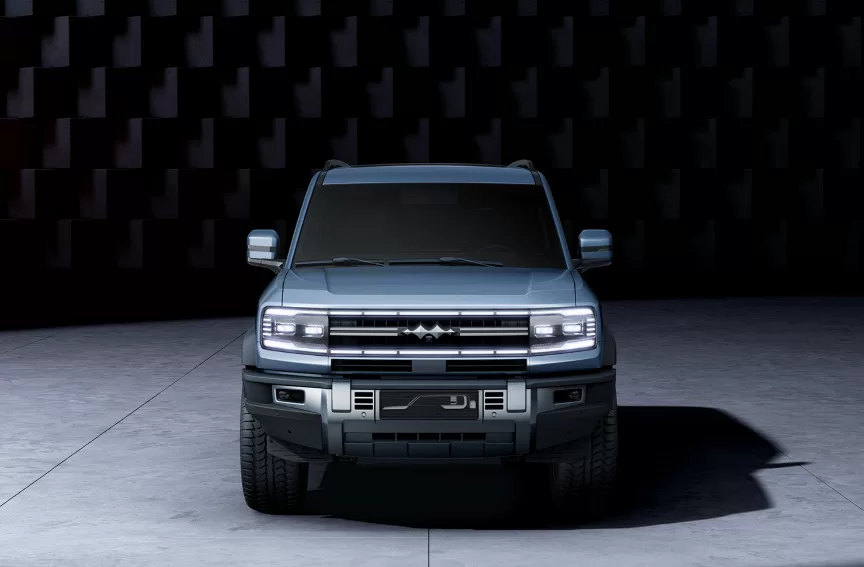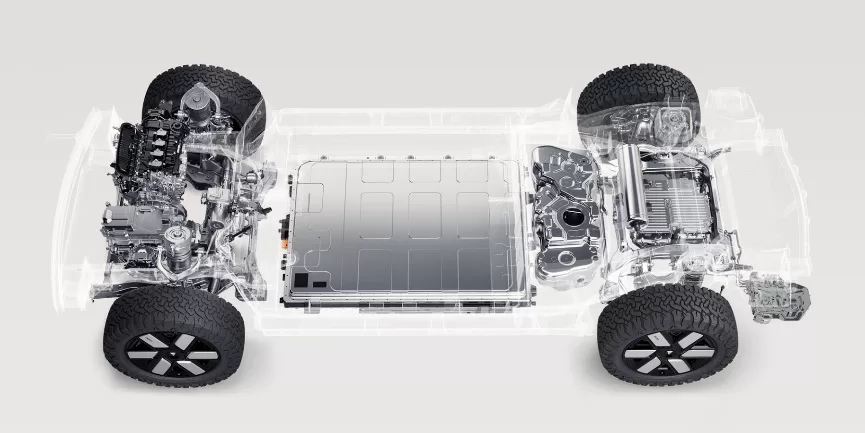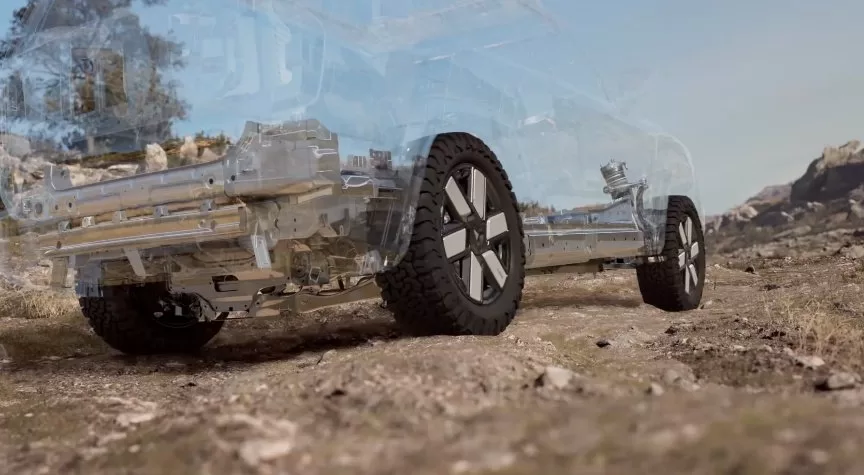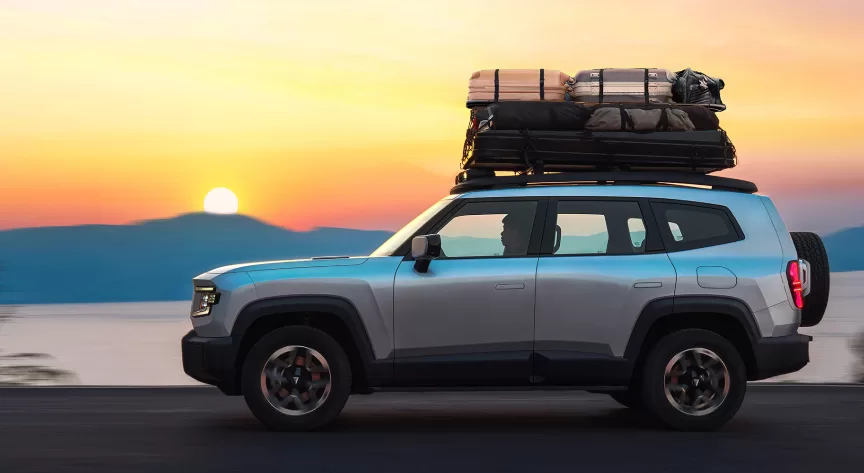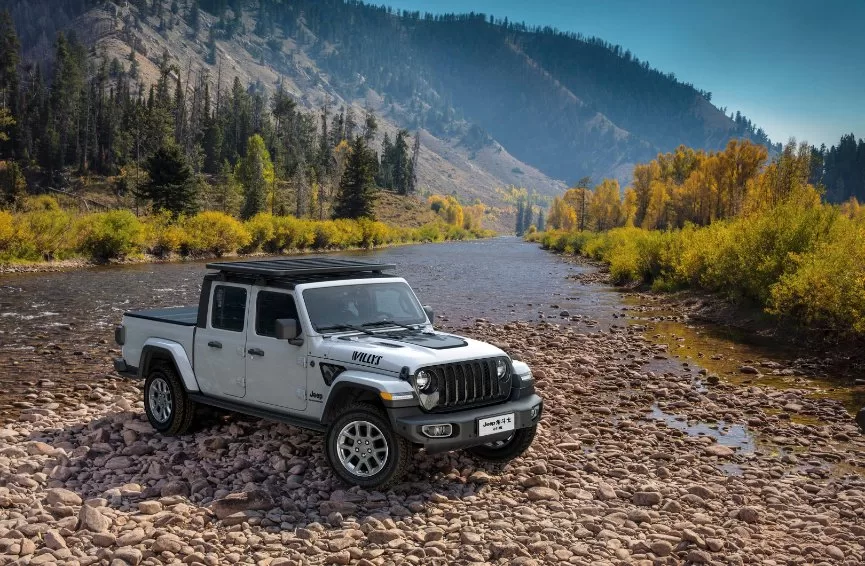Improvement in living standards leads to increased frequency of outings with family and friends. This trend brings a new wave of year-round car purchases. Some consumers may wonder whether electric or plug-in hybrid cars can go off-road.
New energy off-road vehicles are not a new concept, as the industry has been exploring for several years. But in the past two years, new energy off-road SUVs have been popular among manufacturers. BYD has brought the Leopard 5, Haval has the M4, Tank has launched the 500Hi4-T, and JETOUR has the Explorer C-DM. Recently, Deep Blue Motors also released the G318. Will the market, which is highly valued by so many car companies, become a new explosive growth point? Can hardcore SUVs, riding the fast lane of new energy, reverse the current niche market situation? Why is the new energy off-road trend rising? When it comes to the off-road vehicle market, especially hardcore off-road vehicles, what comes to mind are usually SUVs or pickups from the era of fuel-powered vehicles, such as the Mercedes G, Toyota Land Cruiser, Jeep Wrangler, and Ford F-150. These classic products of the fuel era have not yet established an image of new energy vehicles in our subconscious.
The era of gasoline-powered vehicles has given a glorious period to hardcore SUVs and pickup trucks. However, in recent years, the market for hardcore SUVs in the gasoline vehicle market has been shrinking, with fewer and fewer consumers liking this type of vehicle. This is because gasoline-powered hardcore SUVs have many disadvantages, such as high fuel consumption, poor comfort, and unsuitability for urban use. As for the so-called technological configurations, there are also very few. With the blessing of new energy, especially the addition of a plug-in hybrid system, the dual fuel and electric characteristics make it possible for new energy hardcore SUVs to not worry about high fuel consumption and the inability to be used in the city. In this way, even if you simply want to use it in the city, there is no problem at all.
The development of new energy technology has opened up new possibilities for off-road SUVs. The disadvantages of traditional fuel-powered off-road SUVs, such as low fuel consumption and high prices, have all been improved in new energy off-road SUVs. As a result, we can see that new energy off-road SUVs now cover the entire price range from entry-level to luxury models. Now, for just over 100,000, you can choose a four-wheel drive and well-equipped off-road SUV, igniting the popularity of this niche market. The trend of new energy off-road vehicles is becoming increasingly intense. This is the charm of new energy, which has made more people willing to choose this type of vehicle. The rise of self-driving tours and camping has led more consumers to focus on off-road vehicle models. Compared to regular SUVs, off-road vehicle models have significantly better off-road capabilities, with features such as part-time four-wheel drive, three locks, high approach angles, and ATS all-terrain systems, giving them a unique advantage. Faced with complex road conditions, they also have better maneuverability. As a result, with users’ desire for off-road and outdoor activities, hardcore off-road vehicles are becoming increasingly popular.
In the off-road vehicle market, most manufacturers want to prove their technical strength and become mobile advertisements, especially for new energy off-road vehicles. This is an important reason for the active layout of the new energy off-road SUV market by car manufacturers. Can it become the mainstay of car sales for car companies? The domestic new energy off-road market has opened the door to new development opportunities. Statistics show that the proportion of new energy off-road SUV sales in the total sales of new energy vehicles will increase from less than 10% to 22.7% by 2025. It can be predicted that the market share of new energy off-road SUVs will continue to grow, and more car companies will enter this field. However, the actual size of the new energy off-road SUV market space remains uncertain. Despite the increasing desire for outdoor life, most people have little time for outdoor activities due to busy work. Off-road configurations are considered a waste for this group, and they are more willing to choose a city SUV with comfortable and richer configurations.
The market demand is limited, and it is not very likely that new energy off-road SUVs will become a hot trend in the market. Therefore, this niche market is not suitable for all car manufacturers to enter. Otherwise, the product strategy of the car manufacturers is likely to be embarrassing, even if they invest a lot of resources in research and development and marketing, it is difficult to have long-term effects. The track and usage scenarios of new energy off-road SUVs are completely different from those of fuel-powered SUVs. Users may not necessarily choose to cross mountains and rivers or go on long-distance trips, but rather drive in urban areas, between cities, and on highways. It’s somewhat similar to the scene when urban SUVs entered the market, off-road travel is not necessarily the main or only usage scenario. Is it recommended to buy a new energy off-road SUV? The performance and outdoor travel color of off-road vehicles are still relatively strong. After all, consumers who can drive out for a long trip are still a minority in the current living environment. Therefore, new energy off-road SUVs will play a decorative role for various car brands, and will not be the first choice for consumers.
If you choose a hardcore off-road SUV, the first recommendation is a gasoline model. The hardware structure of gasoline vehicles has been verified for a long time and has enough real-world feedback to support it. The current off-road vehicles on sale can safely and reliably handle off-road challenges. Next, we recommend hybrid off-road SUVs, which have no range anxiety. However, the biggest drawback of hybrid off-road SUVs is their weight and wheelbase. With a 50kWh battery pack, the current battery technology makes the battery pack weigh around 300kg, plus the engine, gearbox, and other components, making it difficult for the large battery hybrid vehicles to be light, which affects their off-road capabilities. Therefore, for hybrid off-road SUVs, we do not recommend purchasing models with large battery packs; smaller battery packs would be the most suitable combination. Electric off-road SUVs are not recommended, as the common problem with all electric vehicles at this stage is insufficient range. Off-road vehicles face a more complex driving environment, and the lack of infrastructure may seriously affect driving safety. The increasing popularity of new energy off-road SUVs is an undeniable fact, and there will be more new models in the future. This is good for consumers and the Chinese car market, as consumers have a wider range of car choices, and the market’s lineup of models continues to expand. However, due to various limiting factors, the likelihood of new energy off-road SUVs becoming mainstream in the market is not high. From the perspective of car companies, the role of these types of vehicles entering the market is more of a supplement to product line layout, and it is difficult for them to become the mainstay of sales. For car companies to achieve sustainable development, focusing on urban SUVs and sedans is key.

